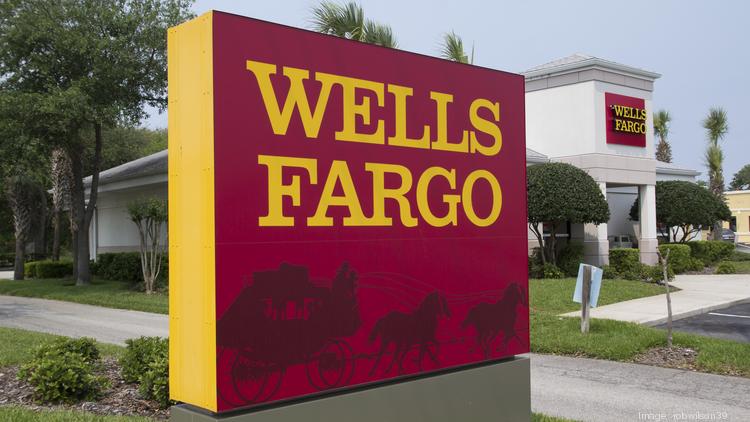Article originally published in the American City Business Journals on September 19, 2016
Every day we learn more about how Wells Fargo & Co. violated the trust of its customers through unethical sales practices. If you can’t trust your bank, who can you trust?
In a Sept. 8 press release about the Wells Fargo scandal, the Consumer Financial Protection Bureau stated, “Spurred by sales targets and compensation incentives, employees boosted sales figures by covertly opening accounts and funding them by transferring funds from consumers’ authorized accounts without their knowledge or consent, often racking up fees or other charges. According to the bank … employees opened more than two million deposit and credit card accounts that may not have been authorized by consumers.”
Wells Fargo (NYSE: WFC) has been fined $185 million and ordered to reimburse customers $5 million in fees they were charged due to these unethical practices.
A Wall Street Journal article by Emily Glazer on Sept. 16 is headlined, “How Wells Fargo’s high-pressure sales culture spiraled out of control.” The article is sub-headlined, “Hourly targets, fear of being fired and bonuses kept employees selling even when the bank began cracking down on abuses.”
This article describes a deeply embedded culture in which lower level managers told their employees to ignore orders from senior Wells Fargo managers to stop abusive sales practices. Many Wells Fargo employees at retail bank branches chose to quit rather than do their jobs in an unethical manner.
The bank announced that it has terminated 5,300 employees who were involved in these sales practices over the past five years. What does a company do when a toxic culture is so embedded that it has such a difficult time changing it?
Wells Fargo has announced that it is suspending sales goals for those employees within its retail bank branches. It has also suspended the practice of cross-selling, in which customers are often sold many of the products and services the bank offers, even if they are not needed.
How did this toxic culture get established at Wells Fargo and how will the bank change this culture? Those will be the questions Wells Fargo Chairman and CEO John Stumpf faces when he testifies in front of the Senate Banking Committee this week.
Prior to her retirement in July, Carrie Tolstedt was the senior vice president of Consumer Banking at Wells Fargo where the abuses occurred. During the last five years, her compensation continued to rise. It is not apparent that her performance reviews and compensation were adversely impacted by her unit’s continued unethical sales practices. In what way did Stumpf hold her accountable?
When Tolstedt’s retirement was announced, Stumpf praised her as “one of our most valuable Wells Fargo leaders, a standard-bearer of our culture, a champion for our customers, and a role model for responsible, principled and inclusive leadership.”
This is a strongly supportive statement about a leader whose unit within the bank is now front-page news for violating the trust of its customers. Didn’t Stumpf realize that the bank’s retail branch employees who feel pressure every day to act unethically would feel no support from the bank’s CEO?
What can CEOs and board members learn about the Wells Fargo scandal that has damaged the company’s reputation?
Ensure your company’s value statement is more than just words on paper, and don’t ignore a toxic culture. It only gets worse and becomes harder to change.
Be aware that some employees may sacrifice ethical standards to generate large bonuses and face pressure by their bosses to do so. Put in place controls to ensure this does not occur. The reputation of your company and the trust of your customers depend upon it.
Stan Silverman is the former president and CEO of PQ Corp. He also is founder and CEO of Silverman Leadership and is vice chairman of the board of trustees of Drexel University. Silverman earned a Bachelor of Science degree in chemical engineering and an MBA degree from Drexel University. He is also an alumnus of the Advanced Management Program at the Harvard Business School.

